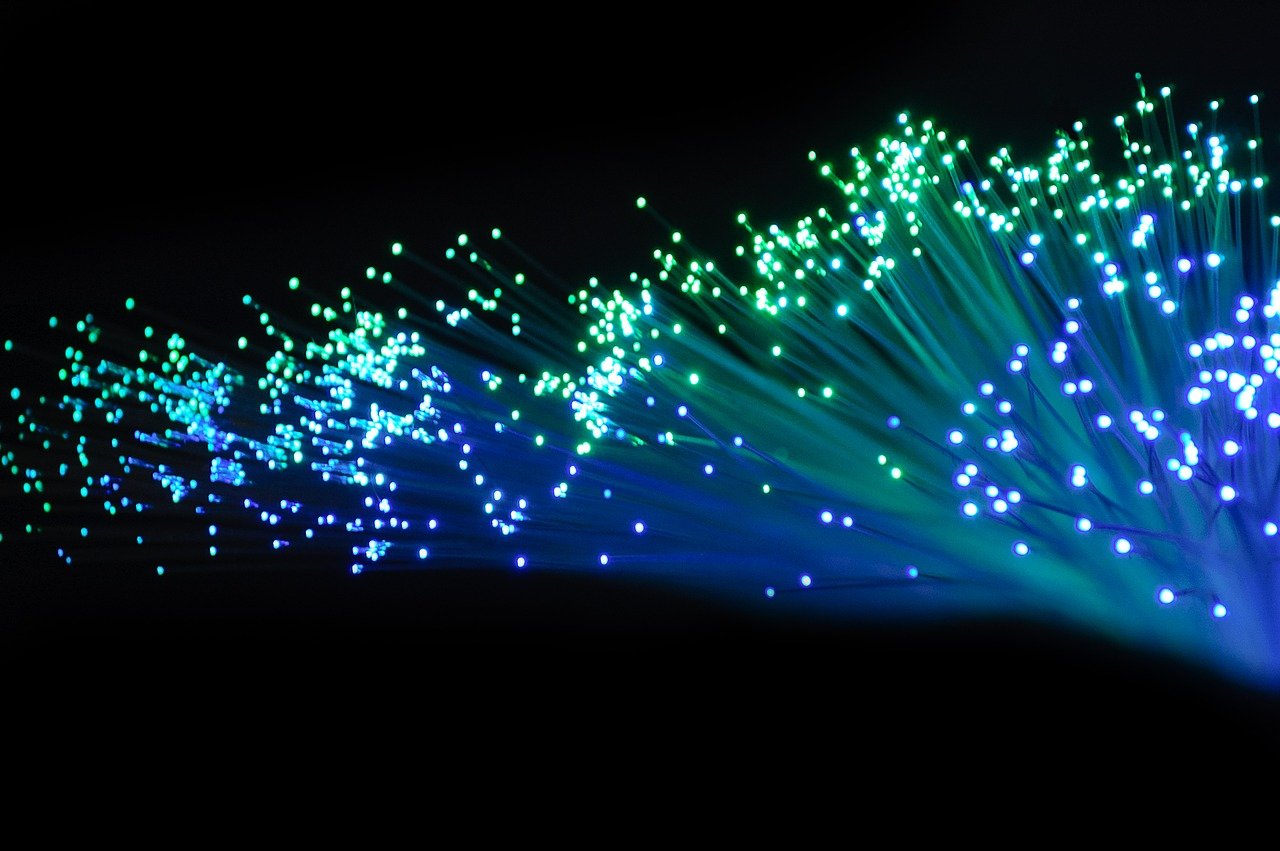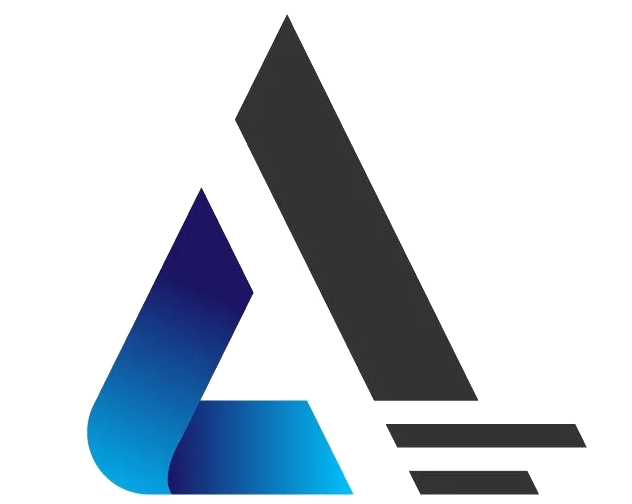The Future of Patch Cords: Exploring the Applications of DIN Patch Cords in Network Systems
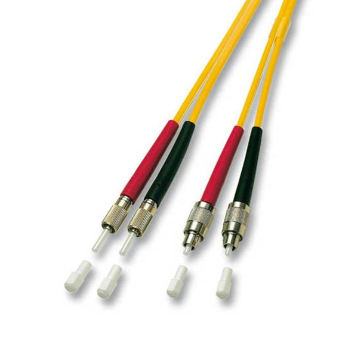
The Importance of Patch Cords
Patch cords are an essential component for ensuring seamless connectivity in network systems. These cables, also known as network cords or connectors, play a crucial role in establishing reliable connections between various devices and equipment. Without patch cords, it would be impossible to transmit data efficiently within a network.
DIN patch cords, in particular, offer versatility and efficiency in network connectivity. They are designed to provide a secure and stable connection between different components of a network system. Whether it's connecting servers in a data center or linking devices in an industrial environment, DIN patch cords ensure smooth communication and data transfer.
For IT professionals and network administrators, understanding the applications and benefits of DIN patch cords is vital. By utilizing these high-quality cables, they can optimize network performance, minimize downtime, and enhance overall productivity. With their reliability and compatibility with different systems and protocols, DIN patch cords have become an indispensable tool for maintaining efficient network operations.
Exploring the Versatility of DIN Patch Cords
What are DIN Patch Cords?
DIN patch cords, also known as Deutsches Institut für Normung patch cords, are cables that feature a standardized connector based on the DIN standard. The DIN standard is a set of specifications developed by the German Institute for Standardization to ensure compatibility and interoperability across various industries.
DIN patch cords consist of two main components: the cable and the connectors. The cable is typically made of high-quality materials that provide durability and efficient data transmission. The connectors, which adhere to the DIN standard, have a specific design that allows them to securely connect with compatible devices.
These patch cords come in different types and sizes to accommodate various network requirements. Common types include DIN 41612, Mini-DIN, and Micro-DIN. Each type has its own unique configuration and pin arrangement to suit specific applications.
Applications of DIN Patch Cords
DIN patch cords find extensive use in data centers and server rooms where reliable connectivity is crucial for seamless operations. They are employed to establish connections between servers, switches, routers, and other network equipment. With their standardized design, DIN patch cords ensure compatibility across different devices within these environments.
In addition to data centers, DIN patch cords play a vital role in telecommunications networks. They facilitate connections between telecommunication equipment such as PBX systems, modems, and routers. By using DIN patch cords in telecommunications infrastructure, network administrators can maintain stable communication channels for voice and data transmission.
Furthermore, DIN patch cords are widely utilized in industrial environments where robust connectivity is essential for automation systems and machinery. These cables enable secure connections between control panels, sensors, actuators, and other industrial equipment. Their reliability ensures uninterrupted operation in demanding industrial settings.
Applications and Benefits of DIN Patch Cords
Enhanced Connectivity and Performance
DIN patch cords are known for their ability to ensure reliable and high-speed connections within network systems. These cables, with their robust construction and quality materials, minimize signal loss and interference, resulting in improved network performance. By using DIN patch cords, IT professionals can achieve seamless data transmission, reducing latency and enhancing overall connectivity.
The impact of DIN patch cords on network performance is significant. They provide stable connections that are essential for critical applications such as data centers, where downtime can have severe consequences. With the use of DIN patch cords, network administrators can maintain a reliable infrastructure that supports uninterrupted communication and efficient data transfer.
Flexibility and Compatibility
One of the key advantages of DIN patch cords is their flexibility and compatibility with various devices and systems. These cables can be used with a wide range of equipment, including servers, switches, routers, and other networking devices. Whether it's connecting different components within a rack or establishing links between different racks in a data center, DIN patch cords offer the versatility needed to accommodate diverse network setups.
Moreover, DIN patch cords support different protocols and network standards. They can handle various transmission speeds such as Ethernet (10/100/1000 Mbps) or even higher speeds like 10 Gigabit Ethernet (10 Gbps). This compatibility ensures that DIN patch cords can be seamlessly integrated into existing networks without requiring extensive modifications or upgrades.
By leveraging the flexibility and compatibility of DIN patch cords, IT professionals have the freedom to design efficient network architectures that meet specific requirements while ensuring optimal performance.
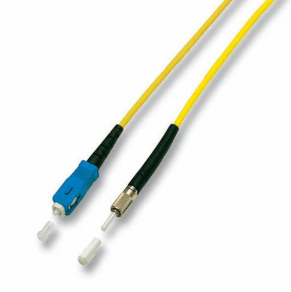
Choosing the Right DIN Patch Cords
Factors to Consider
When selecting DIN patch cords, several factors should be taken into consideration to ensure optimal performance and compatibility. One important factor is the length of the patch cords. It is crucial to choose the appropriate length that suits the specific network setup. Longer cables may result in signal degradation, while shorter ones may limit flexibility in cable routing.
Another factor to consider is the gauge of the DIN patch cords. The gauge refers to the thickness of the conductors within the cable. Thicker gauges generally offer better signal transmission and can support higher data rates. However, it's essential to balance this with other factors such as cost and flexibility requirements.
Shielding options are also worth considering when choosing DIN patch cords. Shielded cables provide additional protection against electromagnetic interference (EMI) and radio frequency interference (RFI). In environments with high levels of electrical noise or where EMI/RFI can impact performance, shielded DIN patch cords can help maintain signal integrity.
Compatibility and Standards
Ensuring compatibility between DIN patch cords and devices is crucial for seamless connectivity. It's important to verify that both ends of the cable have compatible connectors that adhere to the DIN standard. This ensures a secure and reliable connection without any compatibility issues.
Understanding the relevant DIN standards is also essential when choosing the right patch cords. Different DIN standards specify various aspects such as pin configurations, voltage ratings, and environmental requirements. Familiarizing yourself with these standards helps in selecting patch cords that meet specific application needs.
By considering factors like length, gauge, shielding options, compatibility, and relevant standards, IT professionals can make informed decisions when choosing DIN patch cords that best suit their network requirements.
Installation, Maintenance, and Troubleshooting of DIN Patch Cords
Proper Installation Techniques
Installing DIN patch cords correctly is crucial for ensuring optimal performance and reliability. Here are some guidelines to follow:
Carefully align the connectors: When connecting DIN patch cords, ensure that the connectors are properly aligned before insertion. Misalignment can lead to poor connections and signal loss.
Avoid excessive bending or twisting: Excessive bending or twisting of the cables can cause damage to the conductors inside. It's important to handle them with care and avoid putting unnecessary strain on the cables.
Use cable management techniques: Proper cable management is essential for maintaining an organized and efficient network infrastructure. Employ techniques such as cable ties, racks, and trays to keep the patch cords organized and prevent tangling.
Maintenance and Care
To prolong the lifespan of DIN patch cords and maintain their performance, regular maintenance is necessary. Here are some tips:
Clean regularly: Dust, dirt, and debris can accumulate on the connectors over time, affecting signal quality. Use a soft cloth or compressed air to clean the connectors gently.
Inspect for damage: Regularly inspect the cables for any signs of wear or damage such as frayed wires or loose connectors. Replace any damaged patch cords promptly to avoid potential connectivity issues.
Protect from environmental factors: Shield DIN patch cords from extreme temperatures, moisture, and exposure to sunlight whenever possible. These environmental factors can degrade cable performance over time.
Troubleshooting Common Issues
Despite proper installation and maintenance, issues may still arise with DIN patch cords. Here are some common problems and troubleshooting techniques:
Connectivity issues: If a connection is not established or intermittent, check for loose connectors or damaged cables. Ensure that both ends of the patch cord are securely plugged in.
Performance issues: Slow data transfer speeds or high latency can be caused by various factors such as cable length or network congestion. Verify that the patch cords meet the required specifications and consider optimizing the network infrastructure if necessary.
By following proper installation techniques, regularly maintaining DIN patch cords, and troubleshooting common issues, IT professionals can ensure reliable connectivity and optimal performance within their network systems.
Comparing DIN Patch Cords with Other Options
DIN vs. RJ45 Patch Cords
DIN patch cords and RJ45 patch cords are two commonly used options for network connectivity, each with its own characteristics and applications.
Differences in design, functionality, and applications:
Design: DIN patch cords feature a standardized connector based on the DIN standard, while RJ45 patch cords use the Registered Jack (RJ) connector.
Functionality: DIN patch cords are known for their robustness and reliability, making them suitable for industrial environments. On the other hand, RJ45 patch cords are widely used in office settings and residential networks.
Applications: DIN patch cords are often found in data centers, server rooms, and industrial automation systems. RJ45 patch cords are commonly used for Ethernet connections in offices, homes, and small-scale networks.
Advantages and disadvantages of DIN and RJ45 patch cords:
Advantages of DIN patch cords include their durability, compatibility with different protocols, and suitability for harsh environments. They provide secure connections that can withstand vibrations and extreme temperatures.
Advantages of RJ45 patch cords include their widespread availability, ease of use, and cost-effectiveness. They are widely supported by networking equipment manufacturers.
Disadvantages of DIN patch cords may include limited availability compared to RJ45 options due to their specialized nature.
Disadvantages of RJ45 patch cords may include limitations in terms of data transmission speed over longer distances compared to fiber optic cables.
DIN vs. Fiber Optic Patch Cords
DIN patch cords and fiber optic patch cords offer distinct advantages depending on specific network requirements.
Contrasting characteristics and uses of DIN and fiber optic patch cords:
Construction: While both types consist of cables with connectors at each end, fiber optic patch cords utilize optical fibers to transmit data using light signals instead of electrical signals like DIN cables.
Bandwidth: Fiber optic cables have a much higher bandwidth capacity compared to DIN patch cords, making them suitable for applications requiring high-speed data transmission over longer distances.
Immunity to interference: Fiber optic cables are immune to electromagnetic interference (EMI) and radio frequency interference (RFI), whereas DIN patch cords may be susceptible to such interferences.
Considerations for choosing between DIN and fiber optic patch cords:
Distance: If the network requires long-distance data transmission, fiber optic patch cords are typically the preferred choice due to their ability to maintain signal integrity over greater distances.
Bandwidth requirements: For applications that demand high bandwidth, such as video streaming or large-scale data transfers, fiber optic patch cords provide the necessary capacity.
Cost: DIN patch cords are often more cost-effective than fiber optic options, making them suitable for shorter distance connections or budget-conscious projects.
By understanding the differences between DIN and RJ45 patch cords as well as DIN and fiber optic patch cords, network administrators can make informed decisions based on their specific needs and network requirements.
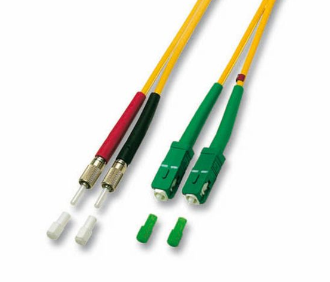
Future Trends and Advancements in DIN Patch Cord Technology
Emerging Technologies
The future of DIN patch cord technology holds exciting possibilities for advancements in materials and construction. Innovations are being explored to enhance the performance and reliability of DIN patch cords. One area of focus is the development of improved materials that offer increased durability, flexibility, and resistance to environmental factors. These advancements aim to extend the lifespan of DIN patch cords and ensure their suitability for a wide range of applications.
Additionally, emerging technologies such as nanotechnology and advanced manufacturing techniques are being investigated for their potential impact on DIN patch cord technology. These technologies could lead to the development of smaller, more efficient connectors with higher data transmission capabilities.
Integration and Automation
DIN patch cords are expected to play an integral role in automated systems and the Internet of Things (IoT). As automation continues to expand across industries, the demand for reliable connectivity between devices will increase. DIN patch cords provide a secure and standardized solution for connecting various components within automated systems.
Furthermore, there is a growing trend towards integrating smart devices and networks into everyday life. This integration requires seamless connectivity, which can be achieved through the use of DIN patch cords. As smart devices become more prevalent in homes, offices, and industrial settings, DIN patch cords will play a crucial role in enabling communication between these devices.
In terms of trends, we can expect to see greater integration between DIN patch cords and smart devices or network management systems. This integration will enable enhanced monitoring, control, and optimization of network performance.
The future holds immense potential for advancements in DIN patch cord technology. With ongoing research and development efforts focused on improving materials, construction techniques, and integration capabilities, we can anticipate even more reliable and efficient connectivity solutions in the years to come.
Embracing the Power of DIN Patch Cords
DIN patch cords are an indispensable component for achieving seamless network connectivity. Their versatility, reliability, and compatibility make them a preferred choice for IT professionals and network administrators. By understanding the applications and benefits of DIN patch cords, these professionals can optimize network performance and ensure efficient data transmission.
As technology continues to evolve, staying informed about future trends and advancements in DIN patch cord technology is crucial. Keeping up with emerging innovations allows IT professionals to adapt their networks to leverage new capabilities and improve overall efficiency.
Embrace the power of DIN patch cords to establish robust connections, enhance network performance, and stay ahead in the ever-evolving world of network systems.
See Also
Revolutionizing Fiber Optic Connectivity: Interchangeable Uniboot Patch Cords
The Evolution of Fiber Optic Patch Cord Connectors: FC/UPC vs FC/APC
Promoting Safety and Sustainability: The Significance of LSZH Fiber Optic Patch Cords
The Future of Fiber Optic Patch Panels: Exploring Wall Mount Solutions and Trends
Unveiling the Effects of Inferior Patch Cords on Network Performance

